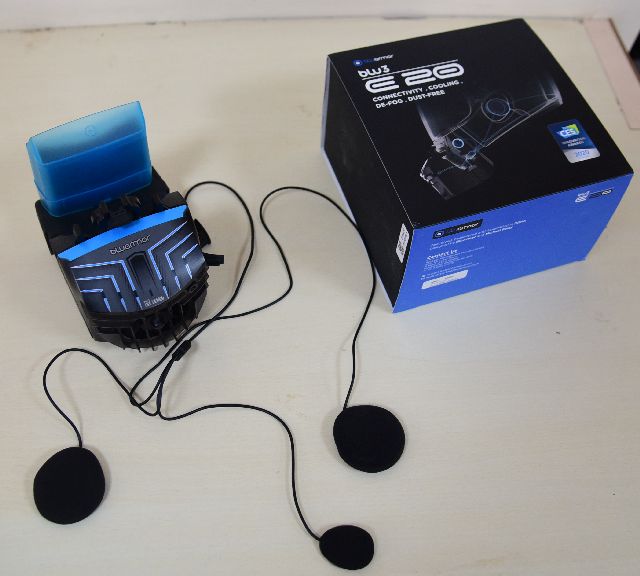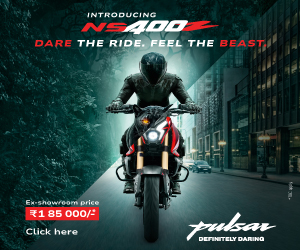The new Bluarmor Blu3 E20 helmet cooler brings improved build quality and comes equipped with a set of cool features.
Bike Reviews in India
Triumph Tiger 900 GT First Ride Review – The Tiger Adapts to a New Habitat
The alloy-wheeled Tiger may look tame but we felt it just hides the aggression better. We spent a few days with it on our roads to see what it feels like
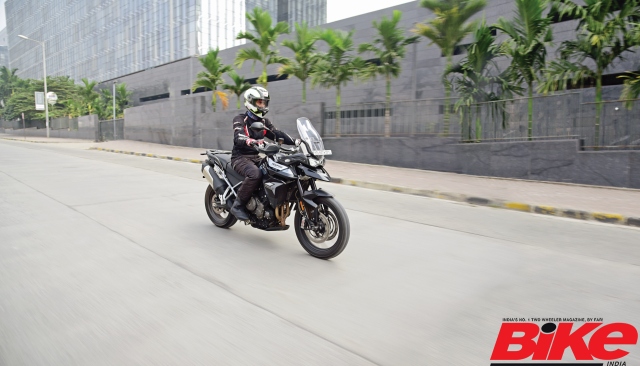 [Read more…] about Triumph Tiger 900 GT First Ride Review – The Tiger Adapts to a New Habitat
[Read more…] about Triumph Tiger 900 GT First Ride Review – The Tiger Adapts to a New Habitat
Triumph Trident 660 First Ride Review: Back to Basics
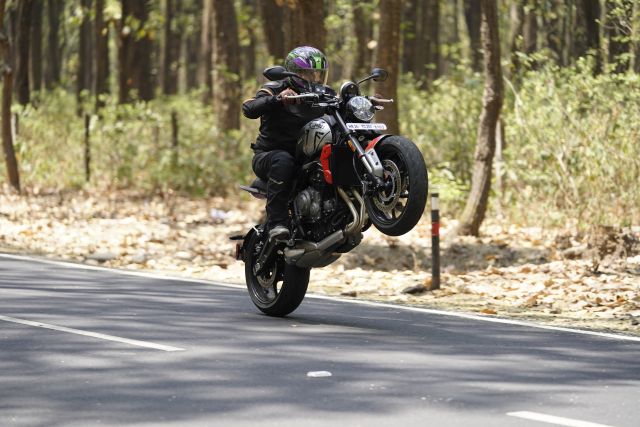
We spend a day and over 220 kilometres with the Triumph Trident, the British marque’s latest entry-level roadster.
[Read more…] about Triumph Trident 660 First Ride Review: Back to Basics
Ather 450X Road Test Review – Everyday Electric
Ather have expanded to more cities, including Pune, and we subjected the 450X to a real-world range test.
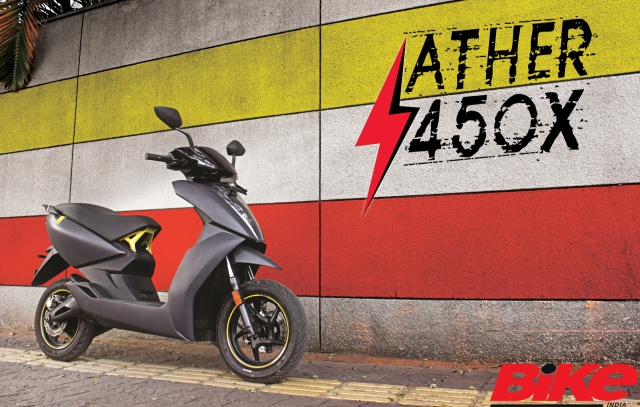 [Read more…] about Ather 450X Road Test Review – Everyday Electric
[Read more…] about Ather 450X Road Test Review – Everyday Electric
Bluarmor Blu3 A10 Product Review – Keep a Cool Head
With the temperature rising in Pune, riding a motorcycle in traffic and for long distances was becoming quite uncomfortable. So when we received the Bluarmor Blu3 A10 (compact helmet cooler) test unit, we thought that was the solution.
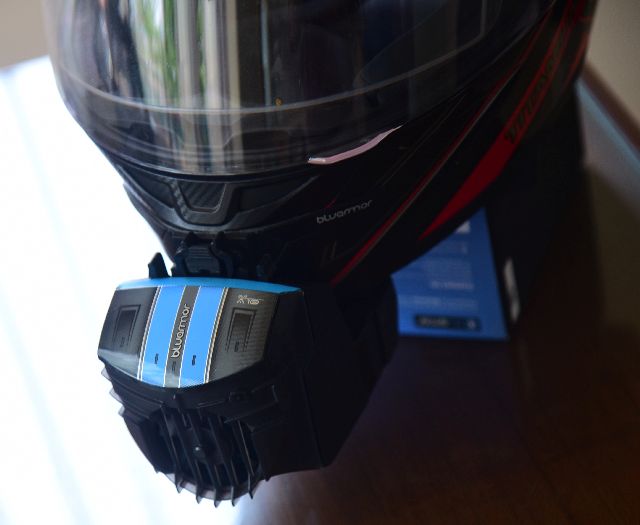 [Read more…] about Bluarmor Blu3 A10 Product Review – Keep a Cool Head
[Read more…] about Bluarmor Blu3 A10 Product Review – Keep a Cool Head

